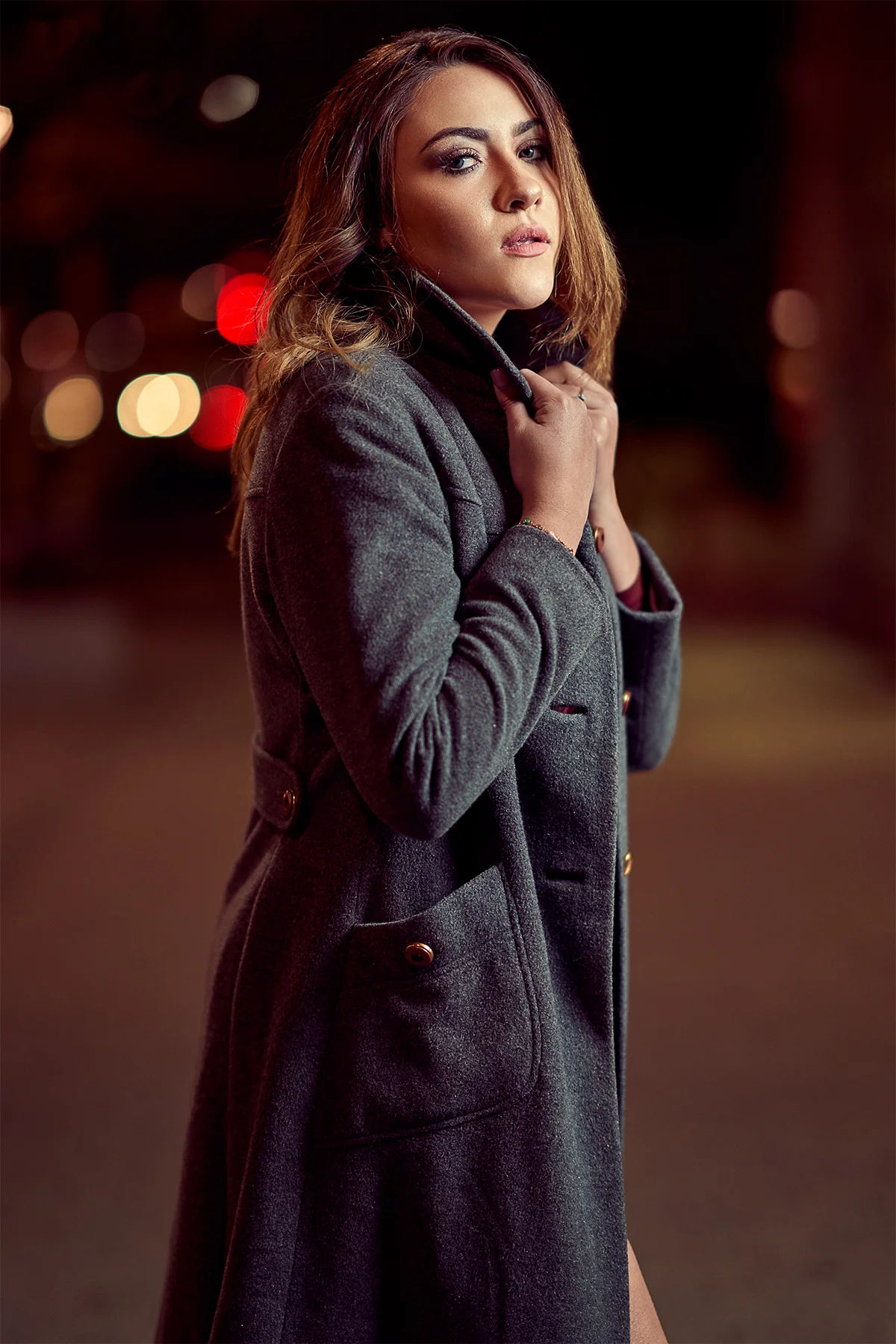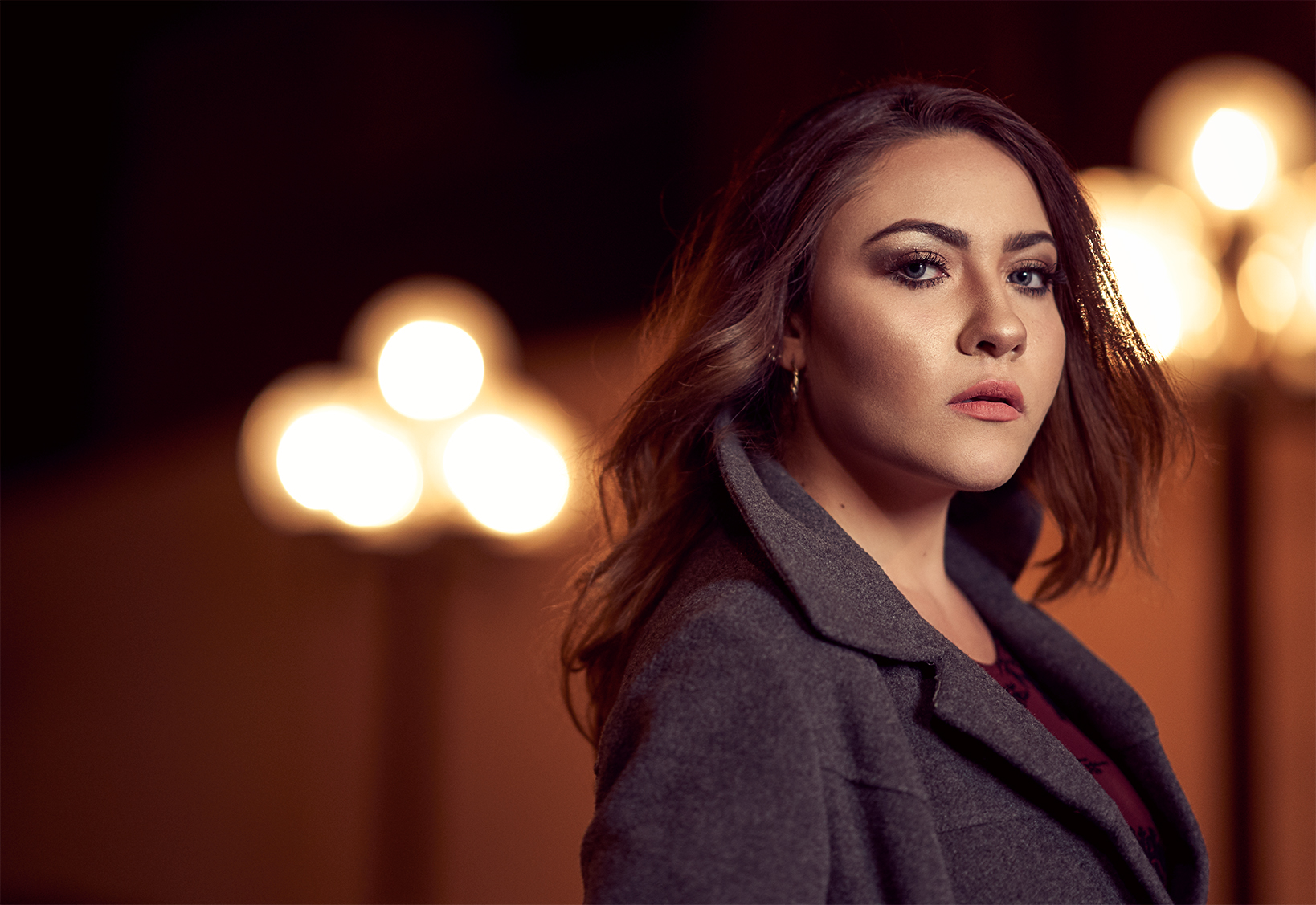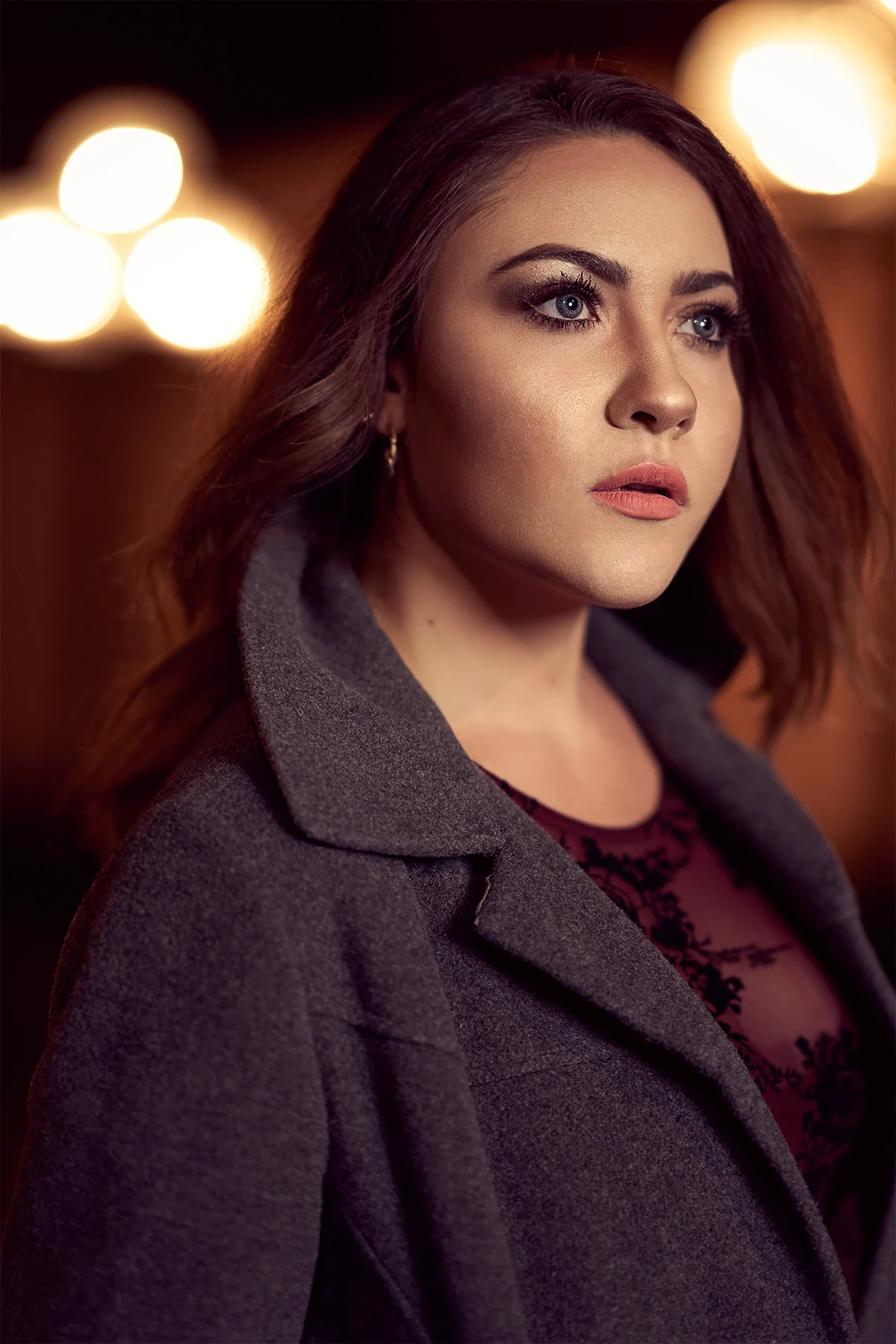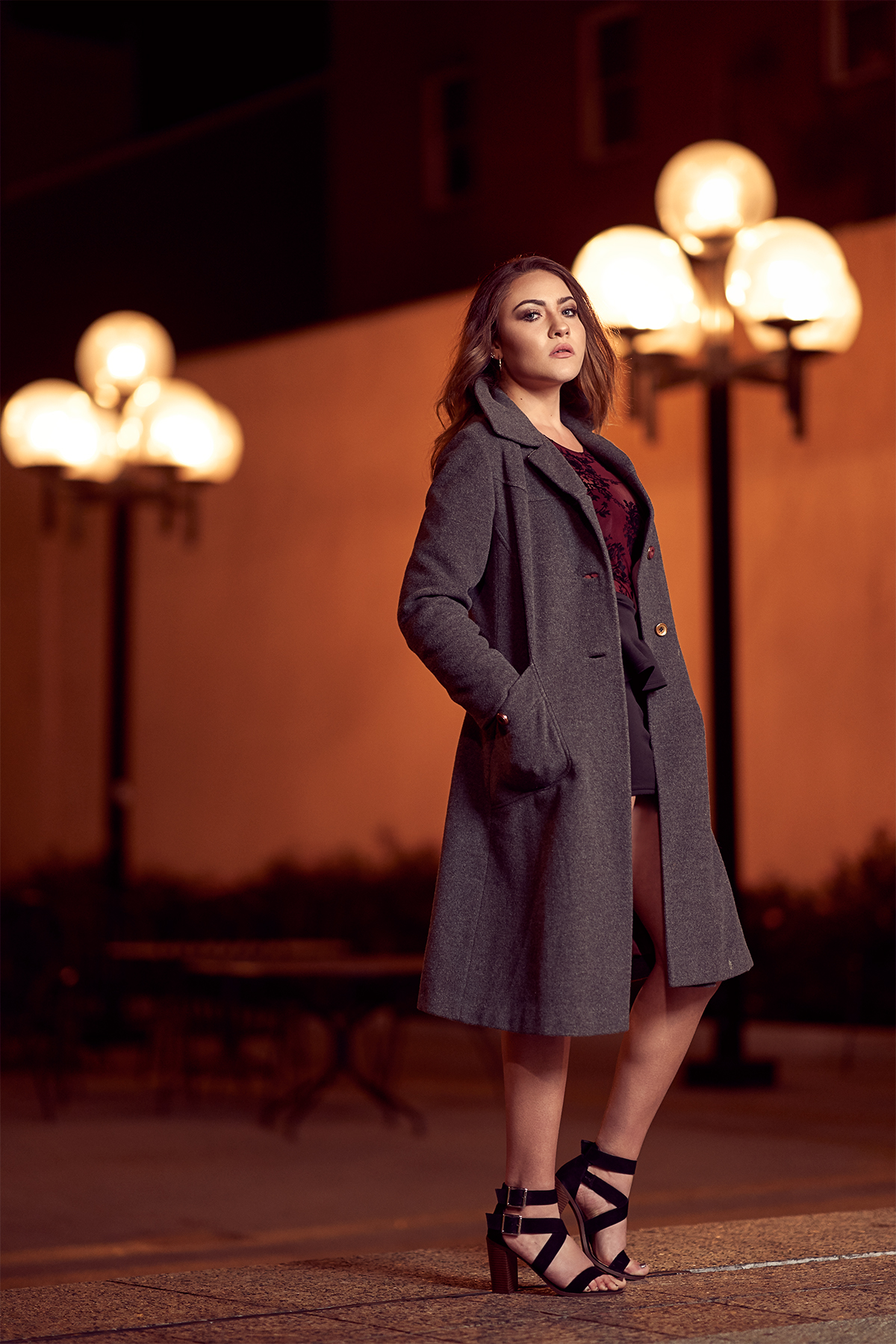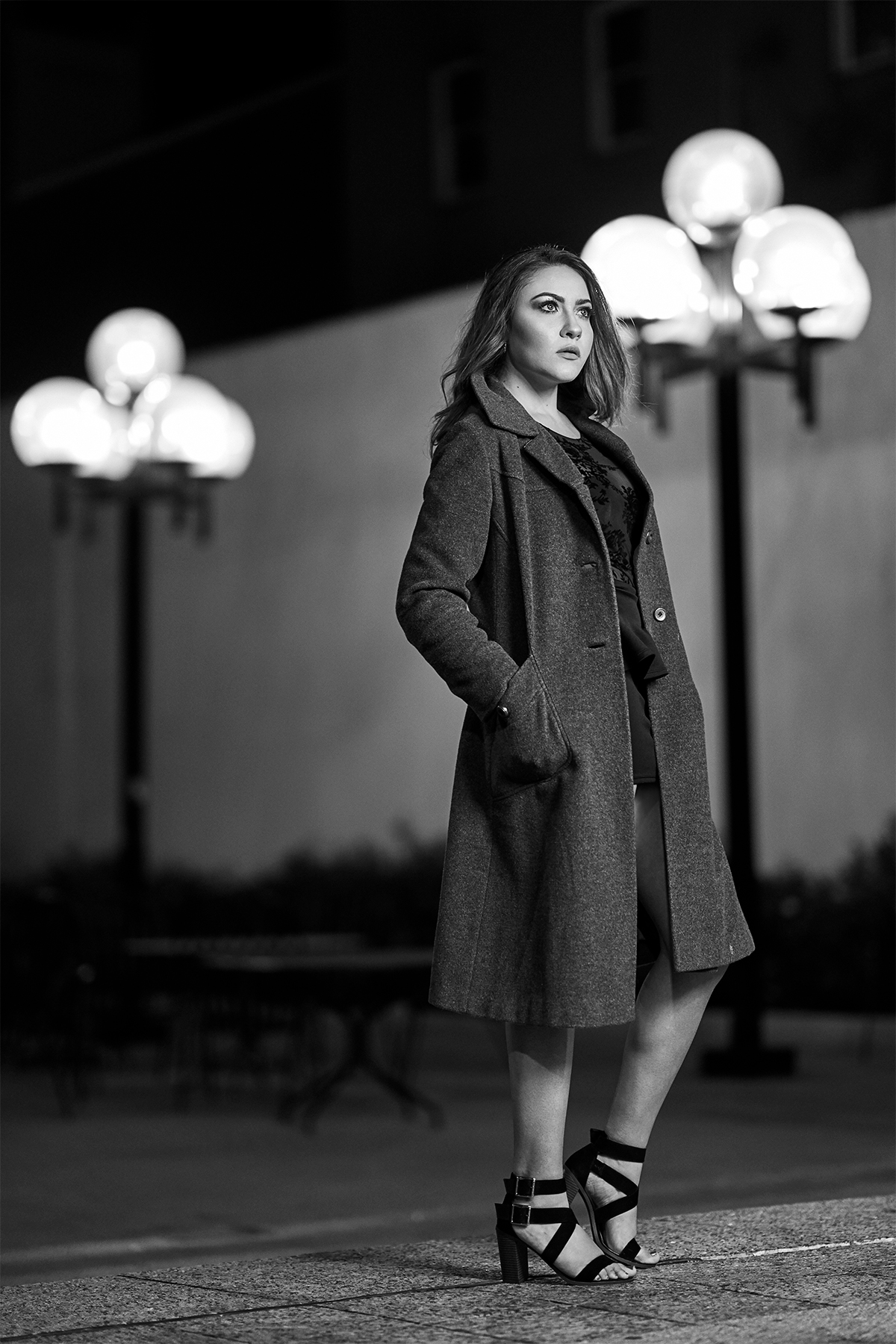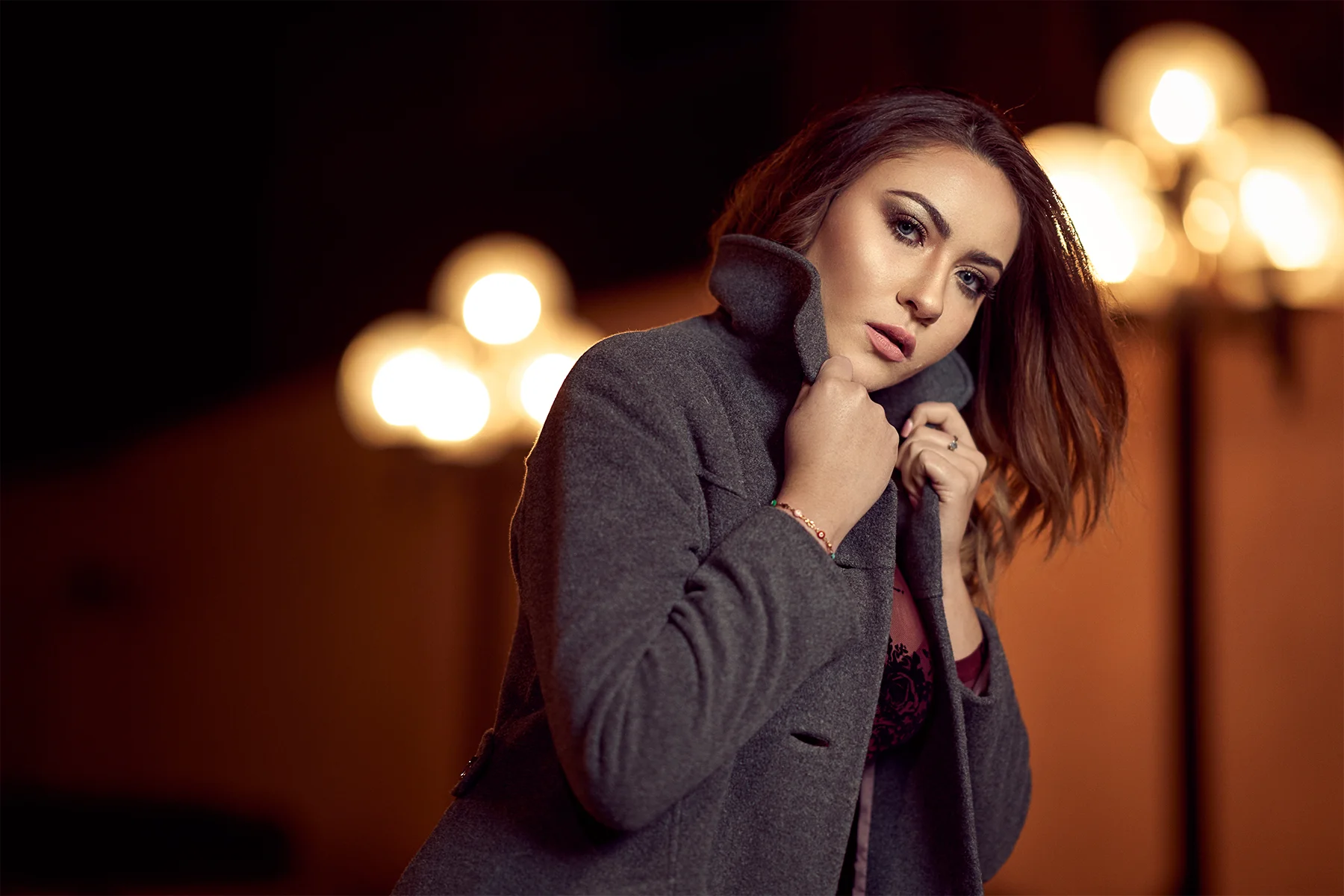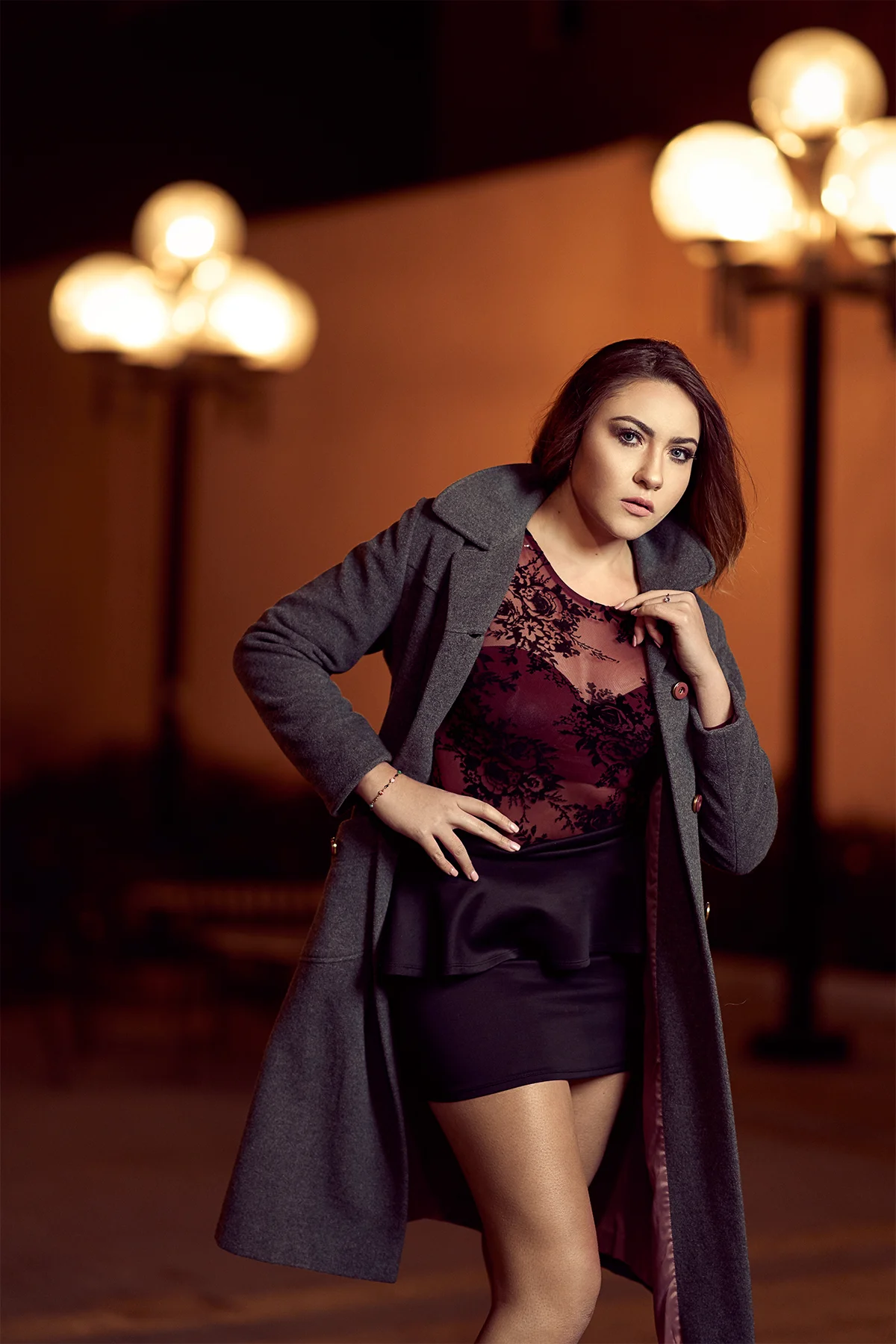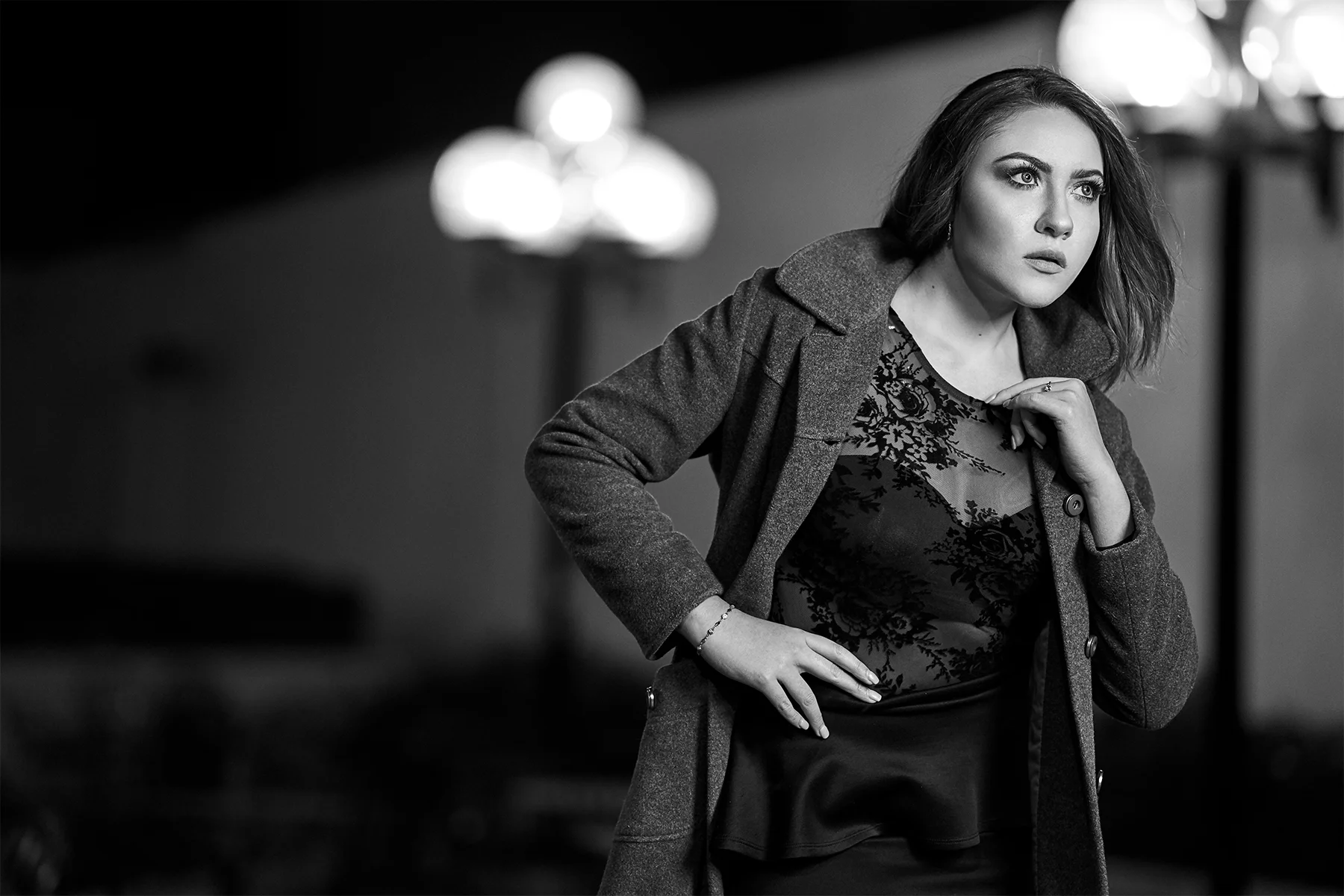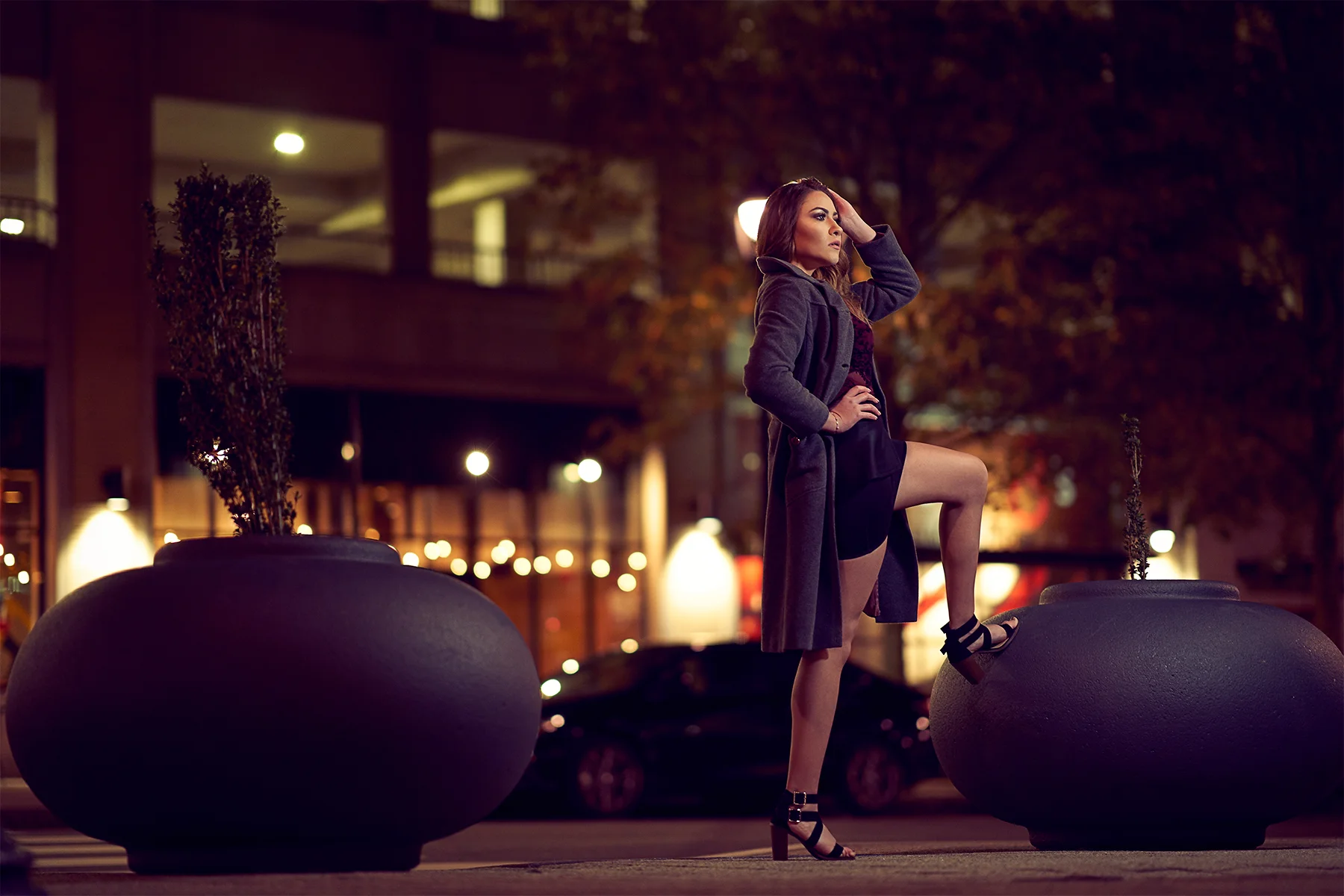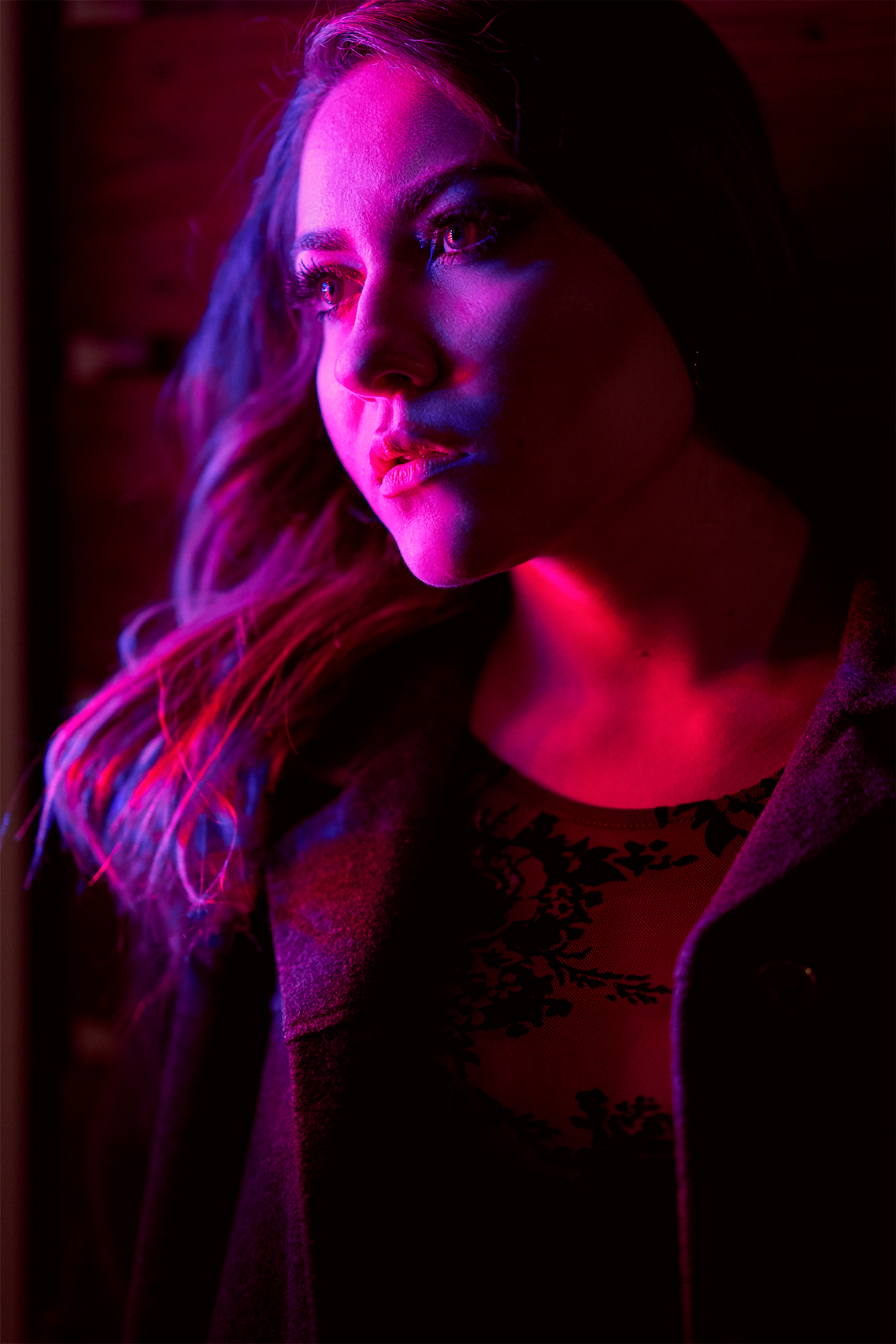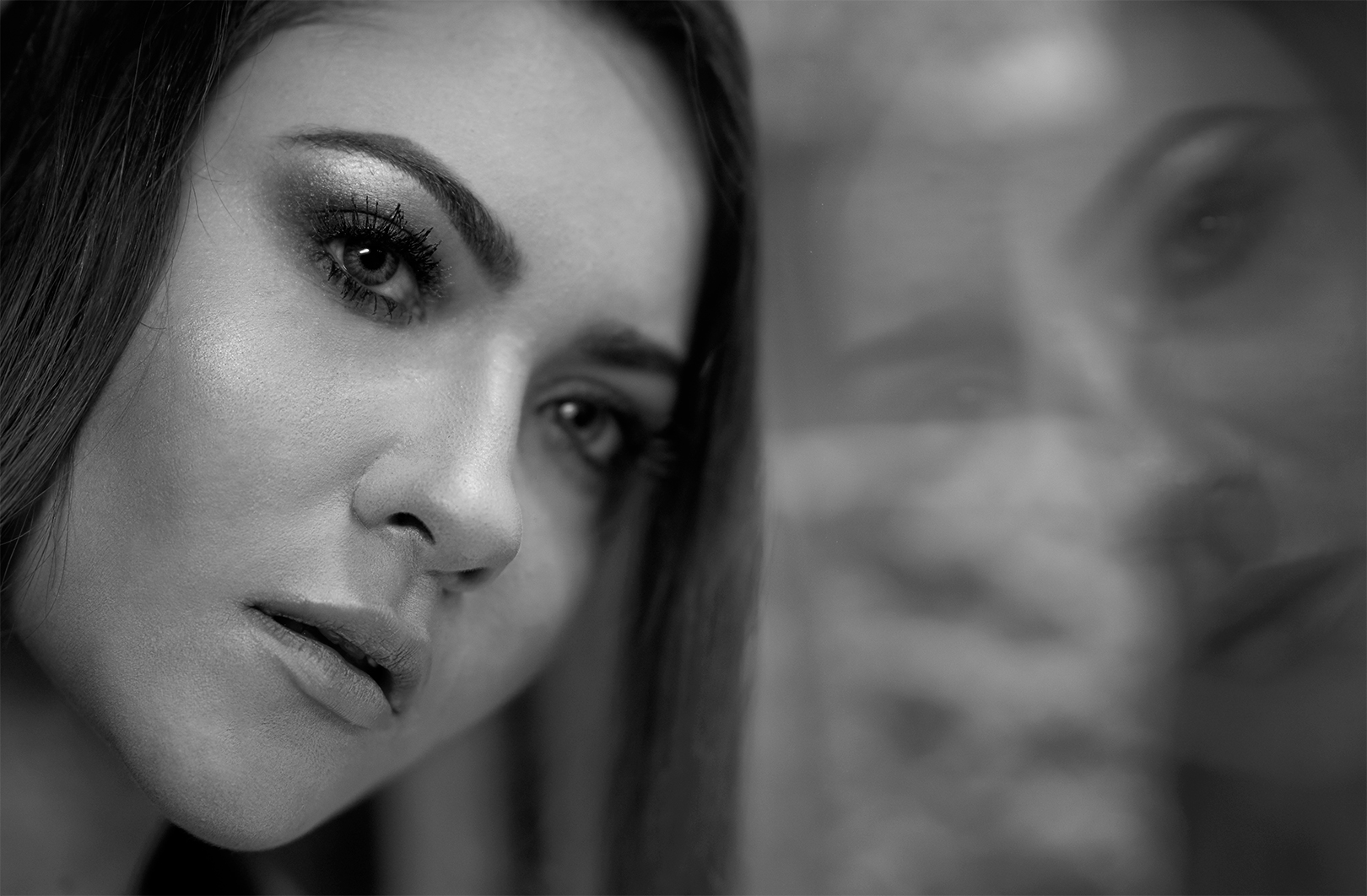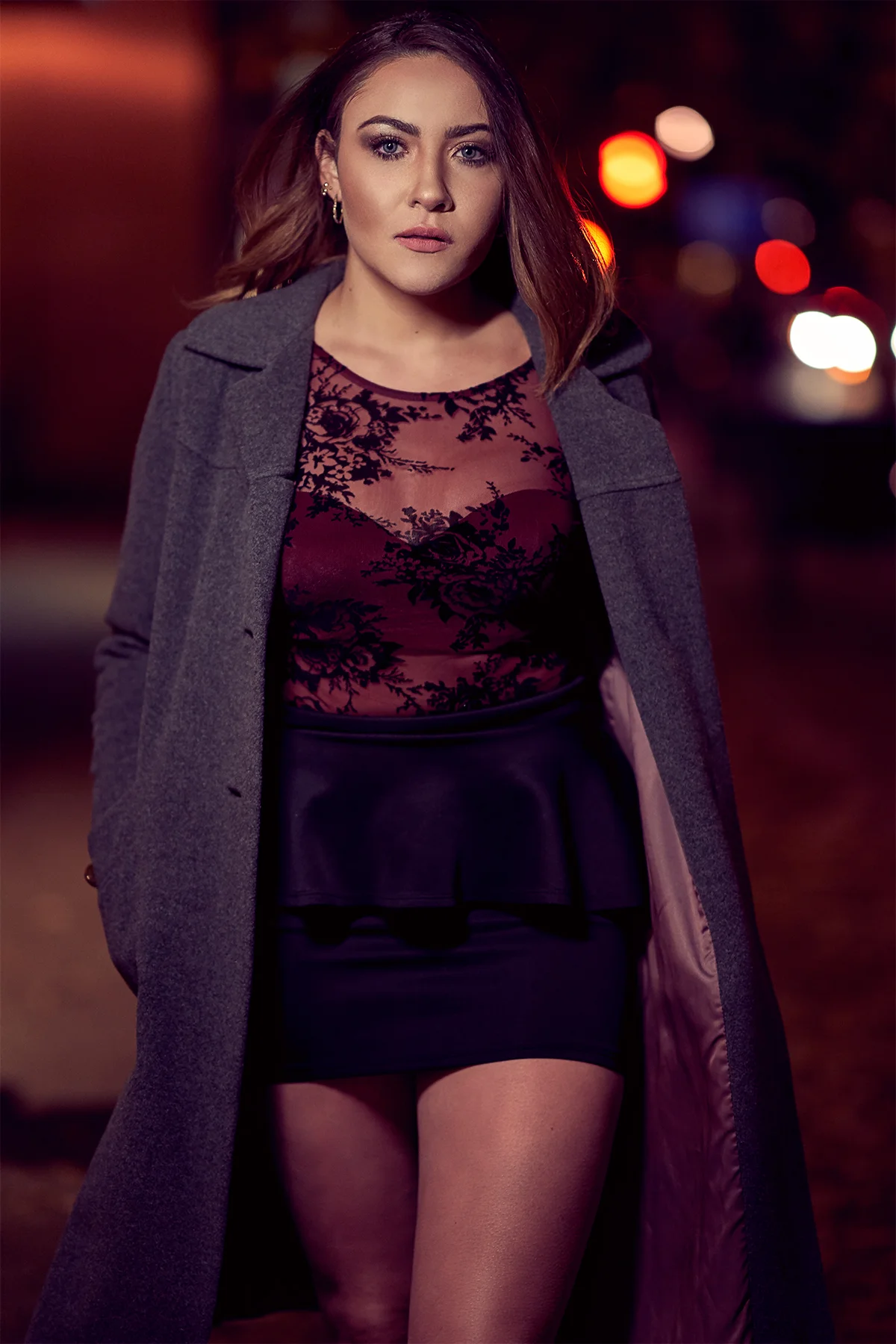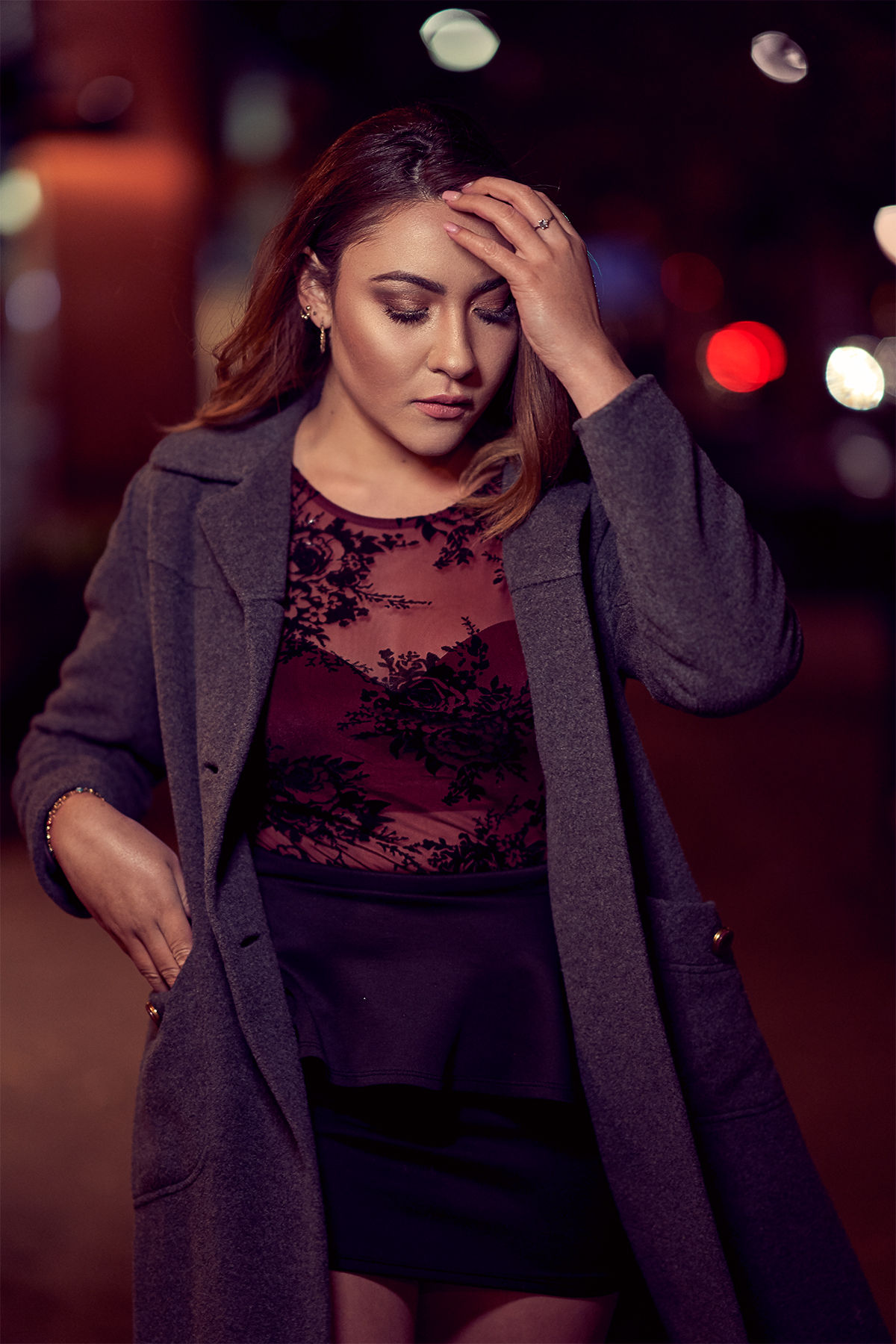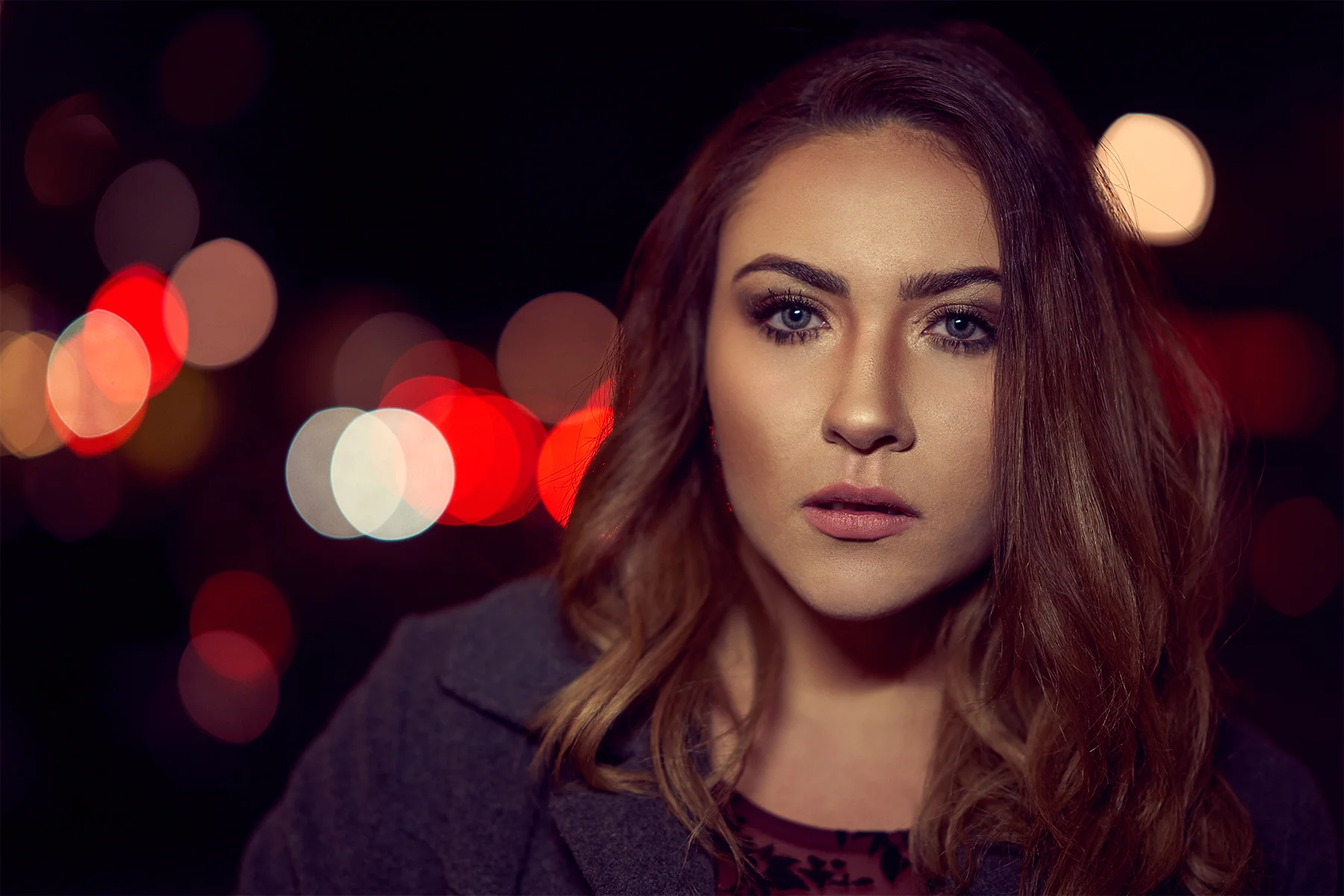How To Create Portraits At Night Using Off Camera Flash With The Sony A9
Creating portraits at night for me requires 3 tools fast glass, a camera that can handle low light situations and of course light. Now I appreciate every photographer toolkit for night portraits may be a little different but these are my primary tools and how I approach this situation.
Fast glass, now having this tool is not an absolute requirement but it certainly does help to make the task of creating portraits at night easier. Having a lens that can give you the ability to create images at F1.2, F1.4 or F2.8 would allow your camera sensor to receive a great deal of light which would help you to keep your ISO low and have a faster shutter. A low ISO, especially on a camera that cannot handle low light, would help to reduce noise. In addition, having the ability to have a faster shutter would reduce the possibility of introducing motion blur in your images. Ideally, you would want your camera settings to be around F1.4, F1.2 or F2.8, Shutter at 1/125 and ISO 800. These settings allow you to capture a very clean image with very little to no noise or motion blur. Now, of course, every situation is different so these settings may differ across the board, getting your aperture to the lowest it can go is critical and in my case, that was at F1.4 and then I dialed in the other settings such ISO & Shutter accordingly. Do you absolutely need fast glass to create portraits at night? no, but if you don't be sure to pay very close attention to if you are introducing noise and motion blur into your images.
Another component to capturing images at night is the camera because without this tool you wouldn't be able to capture the image. Now as critical as the camera is to your toolkit, it's not the most important in my opinion and I will get into why that is when I talk about light. So what should you pay attention to when you are working with your camera? As I mentioned before, it's crucial especially for night photography that you get a camera that can handle low light situations. For the below shoot I was using the Sony A9, which can handle low light situations really well. If your camera introduces a significant amount of noise at ISO 1000 then you should consider getting a different camera or getting a faster lens. Now even if you have the best low light camera you would still notice noise in the shadow areas when you push the ISO. Another critical setting that you should be aware of on your camera is RAW. With RAW files, it captures a greater deal of information which would grant you more latitude in post-production and it allows you to recover highlights and shadow. JPEG files don't grant you that latitude so if you overexpose or underexposed your image you would not have any flexibility in post to recover any shadow or highlight details in your image. Before you take any images check that your camera is set to capture images in the RAW.
Now as I alluded to earlier there is something else that's more critical than the previous tools and you guess it and that is light. Light is by far the most powerful tool in your toolkit when it comes to creating images, but it's even more vital at night. With the absents of light all you have is darkness and with light, you can begin to paint and develop your image into something very interesting. If you are working in a city thankfully you will have an abundance of ambient light to work with. However, not all light is good light with respect to how it falls on your subject. As the photographer, you have the ability to utilize any source of ambient light to help illuminate your subject. If however, the ambient light quality is not the best for your subject then you have to create the light. When creating light you have two options, you can use a constant light source which in my case I utilized the IceLight or you can use speedlights not strobes. In my case, I used the Godox AD200 which was the best option I had as they are low power devices. Strobes produce too much power for night portraits and if your camera has the settings that I outlined above then strobes would simply overpower your subject which creates an overexposed image.
Knowing all this, you still have to balance your ambient light with your artificial light, which is very simple. First get the proper exposure for the background / ambient light. Second, you either introduce a constant light source or a Speedlight which you would need to increase or decrease the power of the light so that it balances with the ambient light. Taking these two steps is all I did to capture the below images.
In conclusion, having fast glass, a camera that can handle low light and a beautiful source of quality light are all the tools, in my opinion, you need to create amazing portraits at night.
I really want to give a big thank you to the entire team. Also, I really want to give my wife Nicole Sue a big thank you for driving 30 minutes and bringing me the Sony A9 battery which I forgot. If it wasn't for her this shoot would not be at all possible.
Team:
- Videographer - Wayne Wonder
- Model - Katherin Prada
- Assistant - Chris Lewis
- Assistant - Shanta Cheyenne
If you would like to attend one of my workshops, please join our meetup group and check for the next available workshop. If you don't see any upcoming workshops just contact me directly and we can put something on the calendar.
If you like what you see, please share with your friends and family. Also, please click the heart button and/or post some feedback below.
Sign up to our newsletter to get our latest news and promotions.

